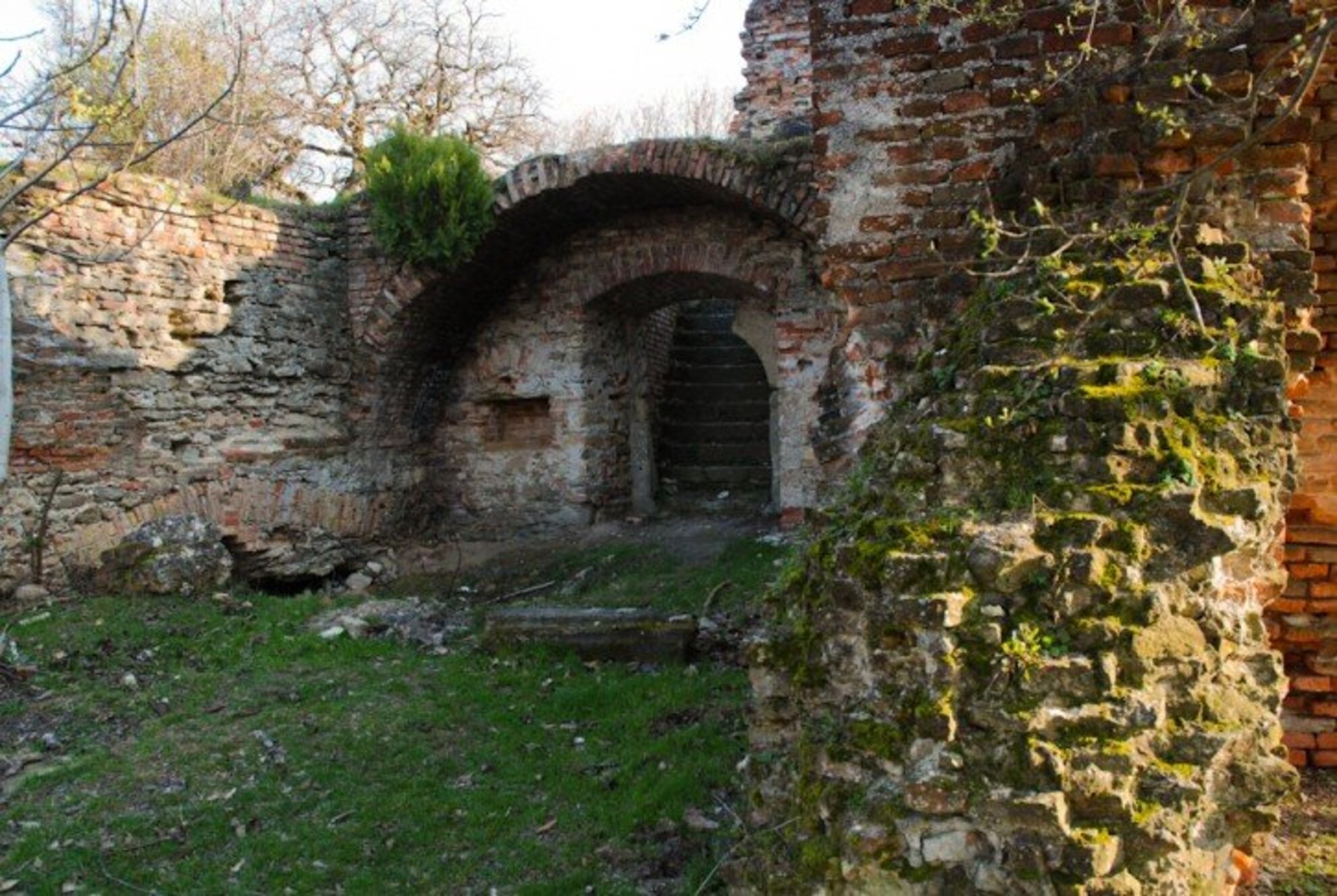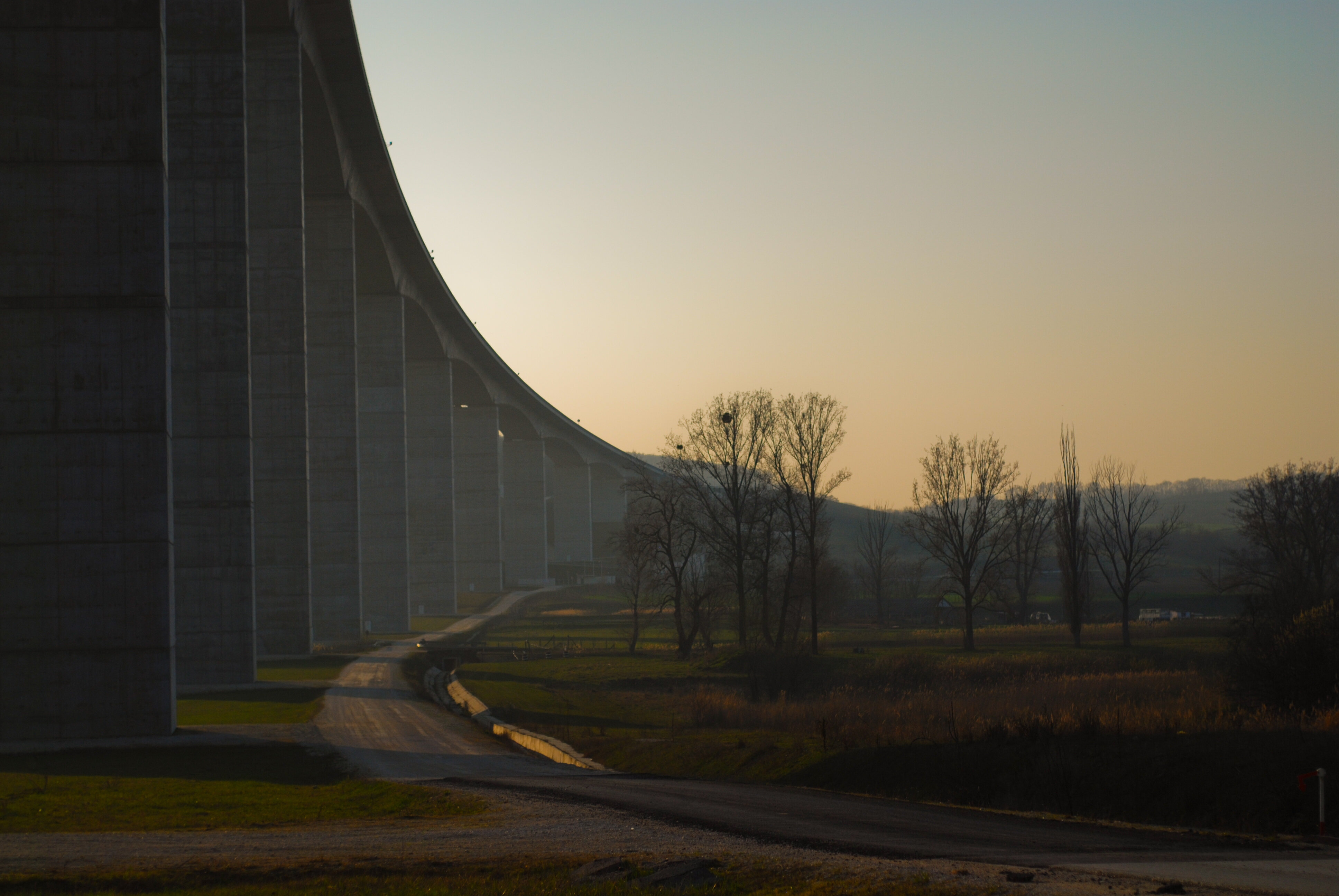There is more to the south shore than the view of the north shore. Hidden wineries, small confectioneries, villages in-between the hills: we do justice to the south shore! Pt. 1, feat. the Viaduct and the Kereki Castle.
"There is nothing on the south shore, apart from the view of the north shore. It's OK from Balatonvilágost to Balatonföldvár and everyone knows Siófok and Zamárdi, but the rest is absolutely uncharted. Beyond the shoreline of the north shore, you have the "Hungarian Provance”, the Káli-medence, with wide valleys and hills, famous hiking trails, exciting farmgate markets and products, and trendy wineries."
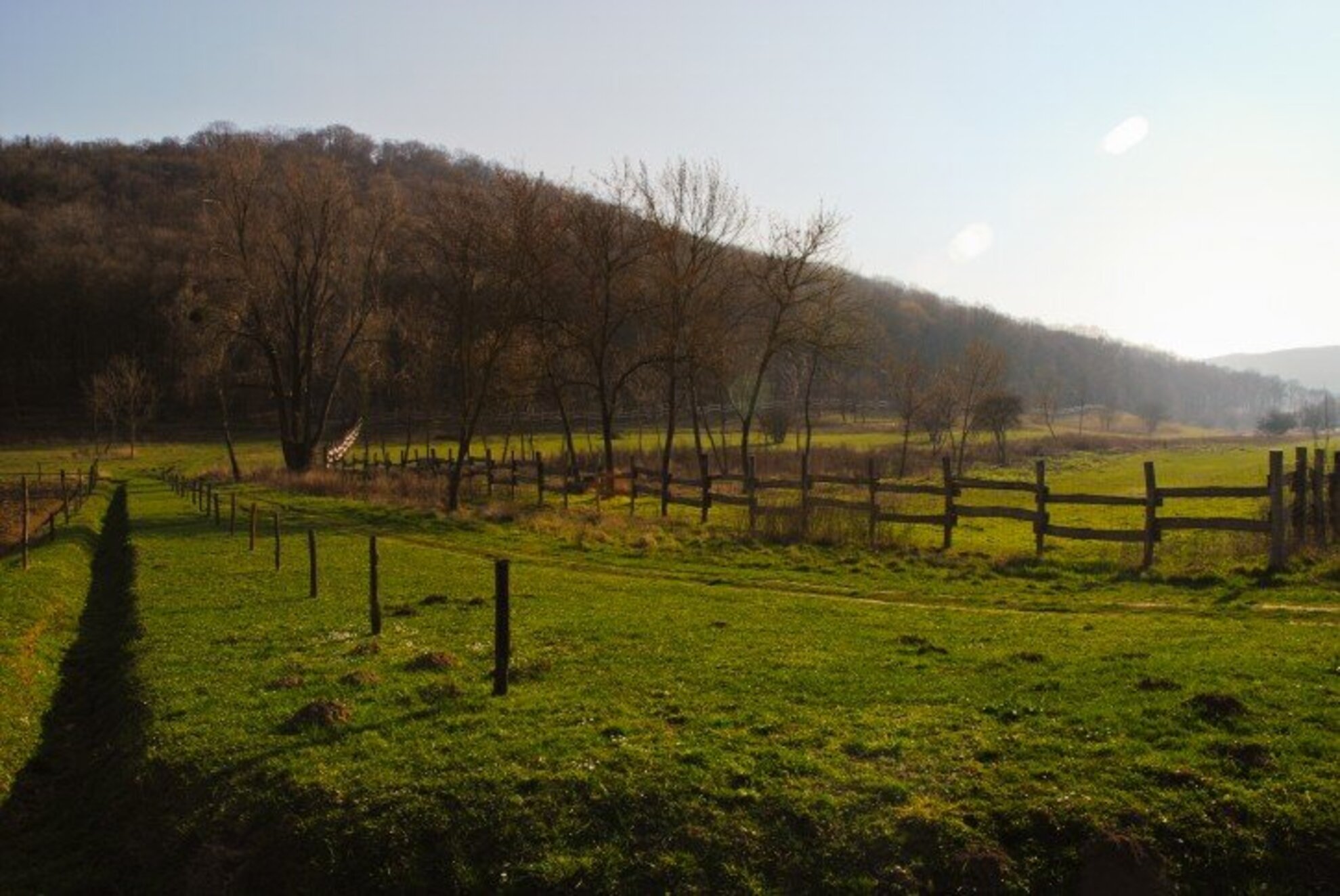
We have heard the above argument a thousand times. You cannot deny that the north shore has been winning the North vs. South competition for 200 years now. Still, instead of criticising the south shore, one should get up from their beach towel and head out to explore the villages of the hills of Somogy County, the tiny confectioneries and yet-unknown wineries. You are in for surprises.
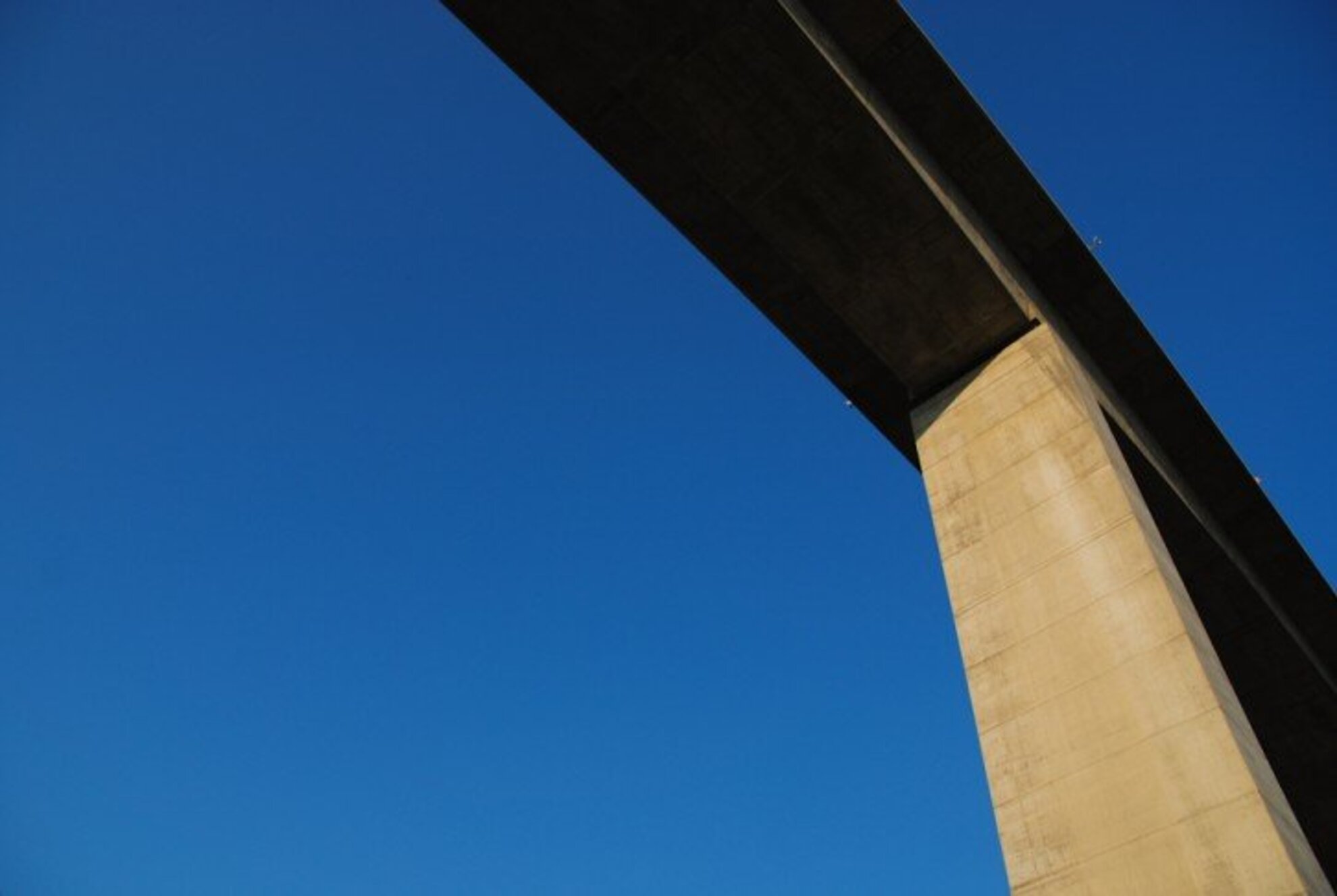
Let's start with Balatonföldvár's hinterland. A gigantic viaduct with a few villages around. You'll also bump into the only castle ruin of the neighbourhood, the Kereki Castle here. The Castle of Szigliget dubbed itself "the Castle of Balaton" and boasts that it is the only stone fortification left around the Lake. In truth, you'll also find the castle of Fejérkő 6 kms from the lakeside, on the edge of Kereki. Its somewhat smaller, somewhat to the south, still, it is a great destination for a trip by car, by bike or on foot from the direction of Balatonföldvár.
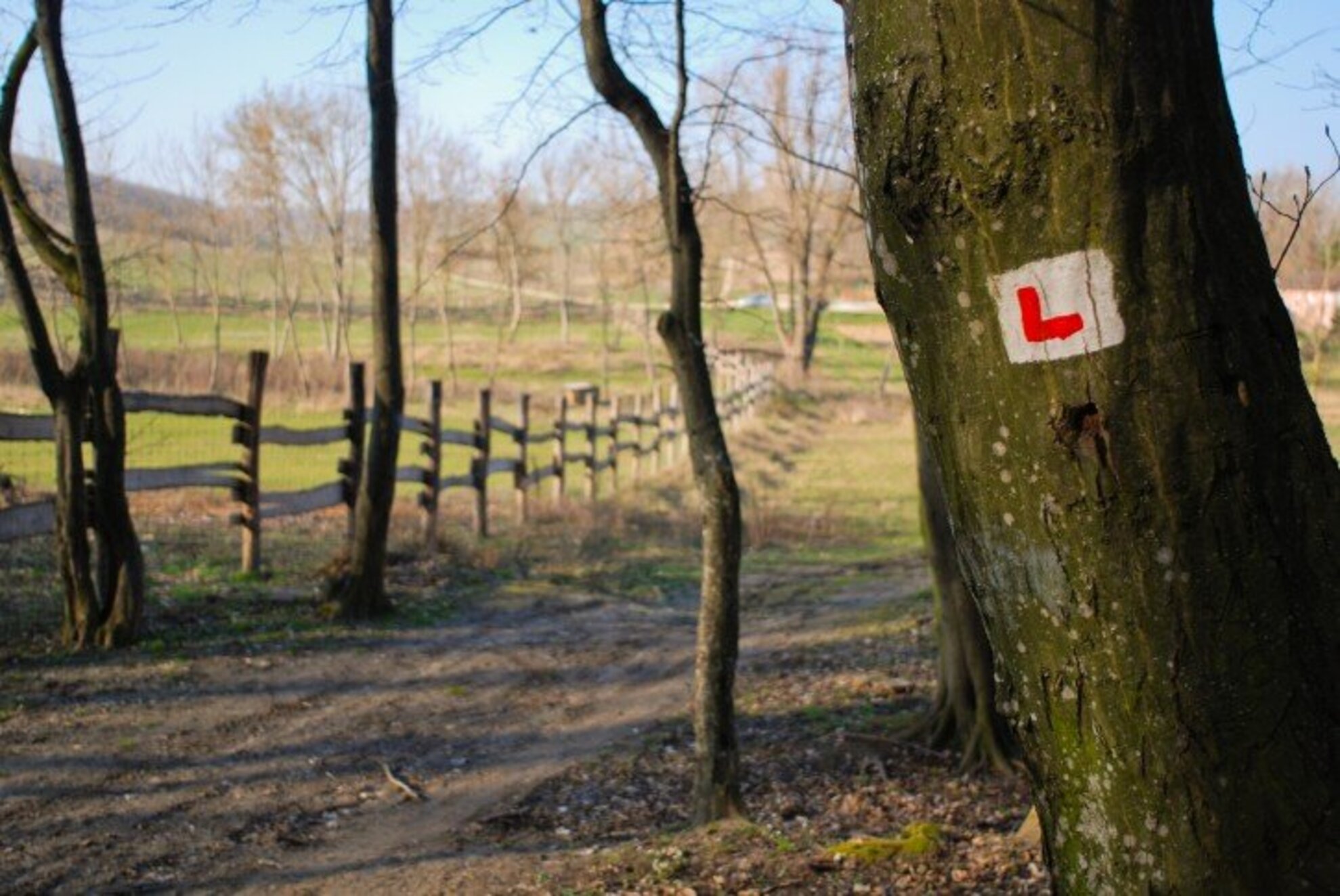
The red right angle blaze leading to the Kereki Castle begins on the Balatonföldvár hilltop, close to the city limits, from the petrol station on main road 7. But you can also set out in the direction of Kőröshegy, from the "Cuki" confectionery opposite to the school in the centre of Balatonföldvár. The "Cuki" might not be a Bergmann, but it is a great start to any trip, and their rétes is great when you have it fresh in the morning.
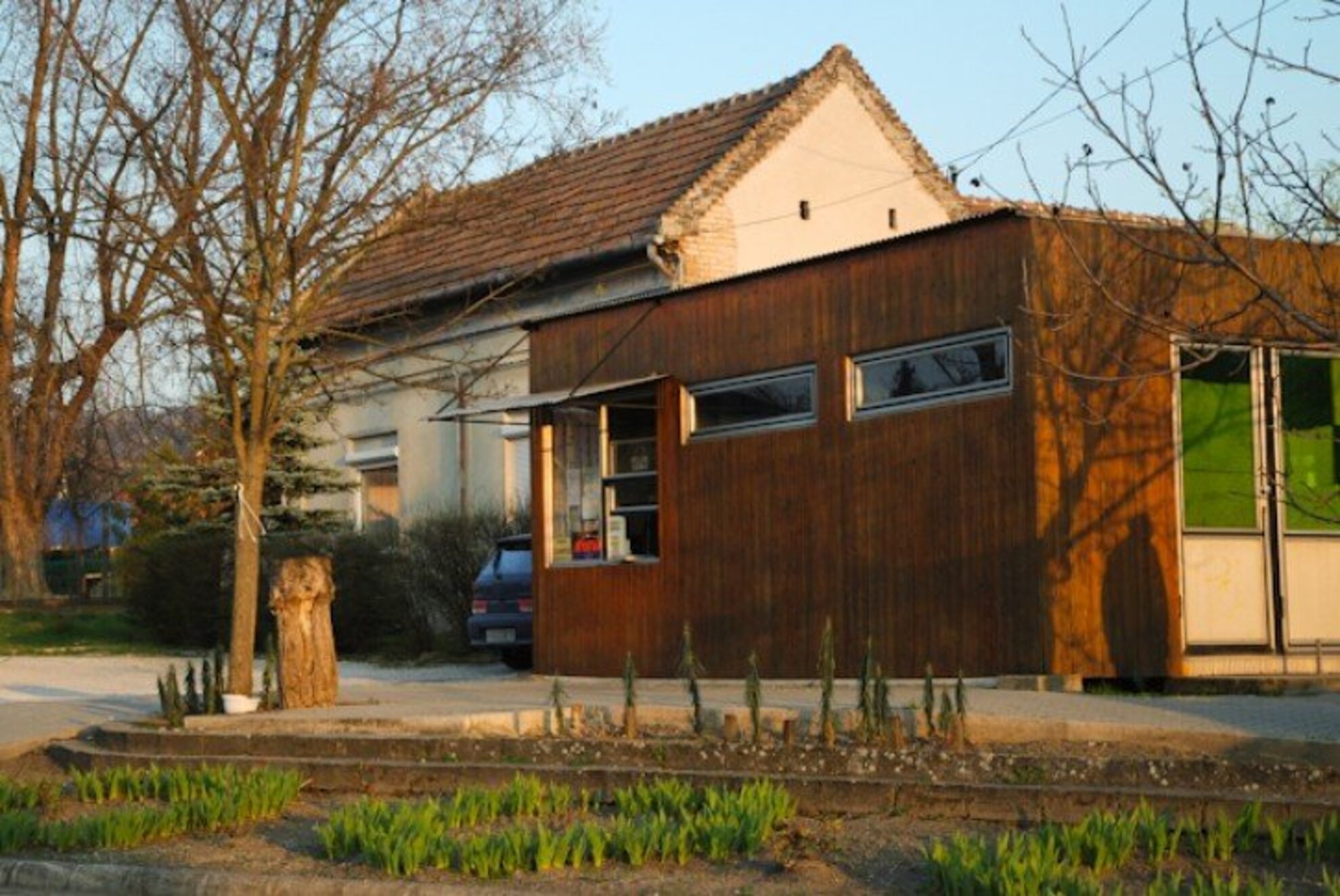
The road that passes the confectionery, the Kőröshegyi út runs straight into the village centre. Kőröshegy is best known for the viaduct that was built over it, and perhaps the Széchenyi manor house. In the centre, you'll find two more sights facing each other: the gothic church building and the soft serve ice cream booth. Both are characterized by their permanence:the gothic church has been standing in the same place for centuries, while the ice cream booth has been serving customers here for decades, undisturbed by Turkish occupation and political systems changes.
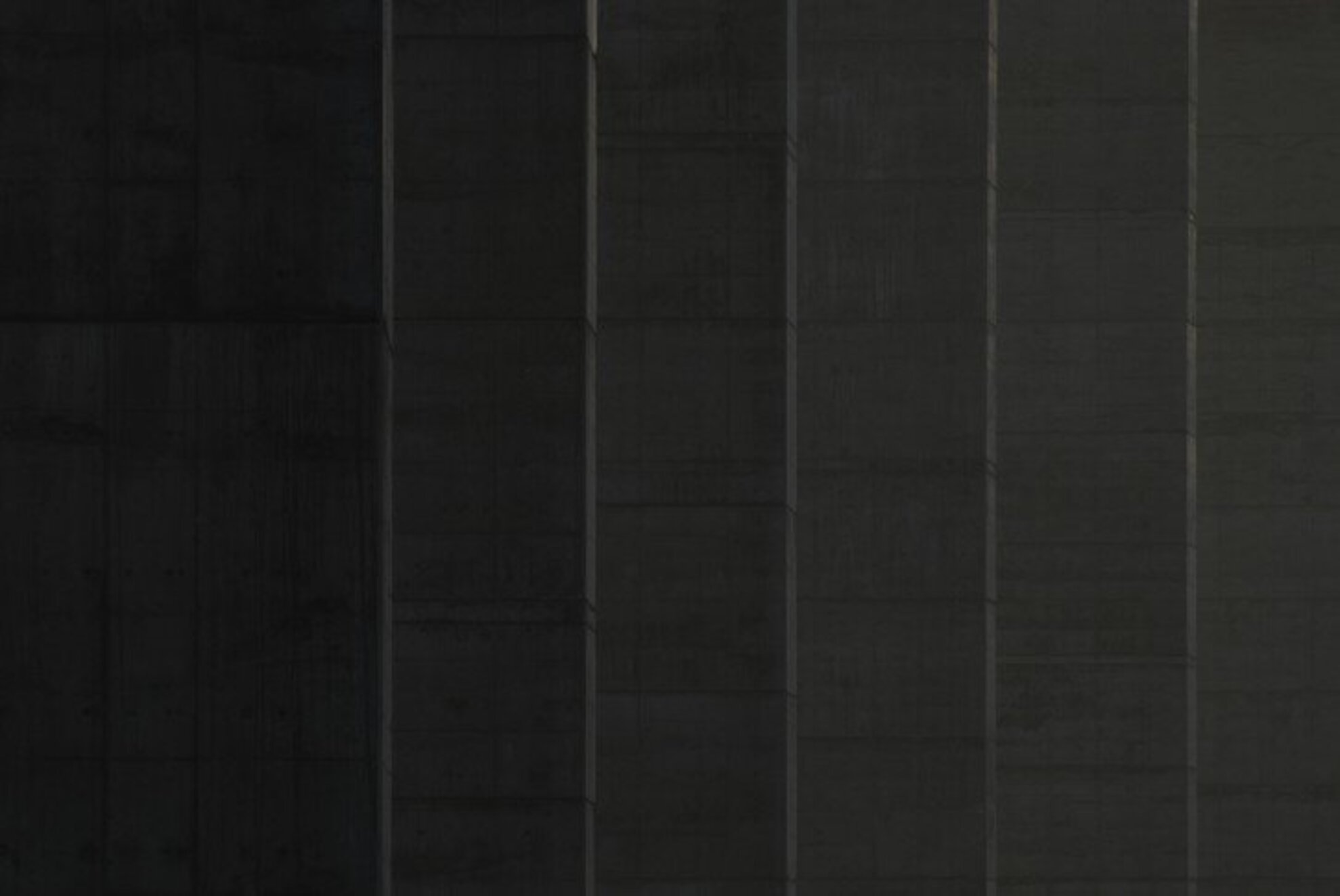
It is possible to walk around and study the gigantic concrete construction that is the viaduct over Kőröshegy from all sides; you can approach it from several direction by car or on foot. On its Kereki-side, there is caffé with a terrace underneath, but, unfortunately, all we know about its opening times is "soon". Occasionally, there are guided tours to the viaduct; inquire at the Tourinform office in Balatonföldvár for more information. Tip: visit the above-mentioned office for informative booklets about local attractions and to buy local wines.
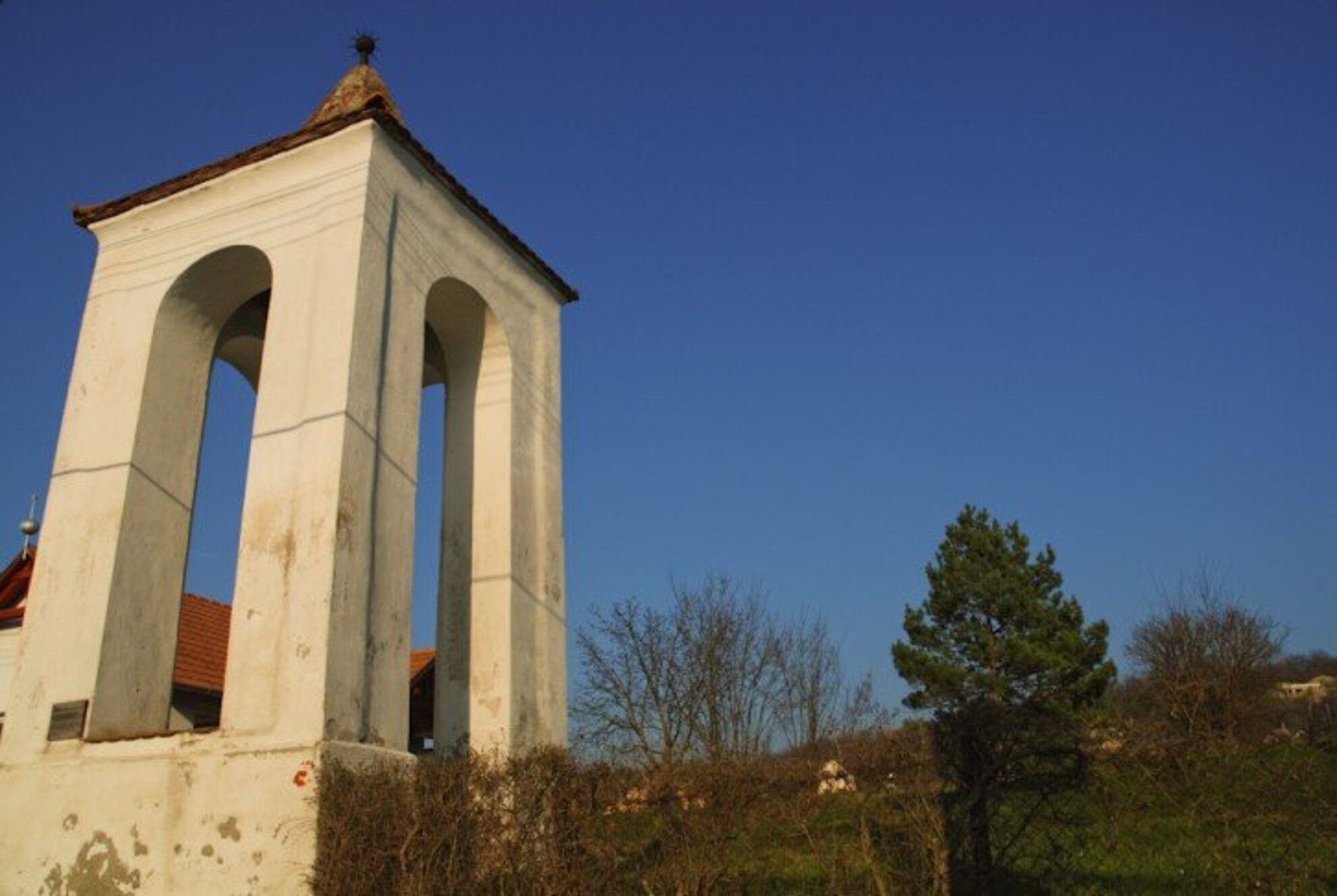
Arriving from the direction of Kereki, a sign saying "Bőrturkáló" will point you towards the castle hill. There is trail blazing as well, but it's less conspicuous, especially if you're passing by car. There is a trail circling up around the hill to the castle, but if you are not one to take it slow, you'll find a path running straight up as well. We do not recommend taking the latter in slippery and muddy conditions, and the tourist map also discourages its use in protection of the castle and its surroundings.
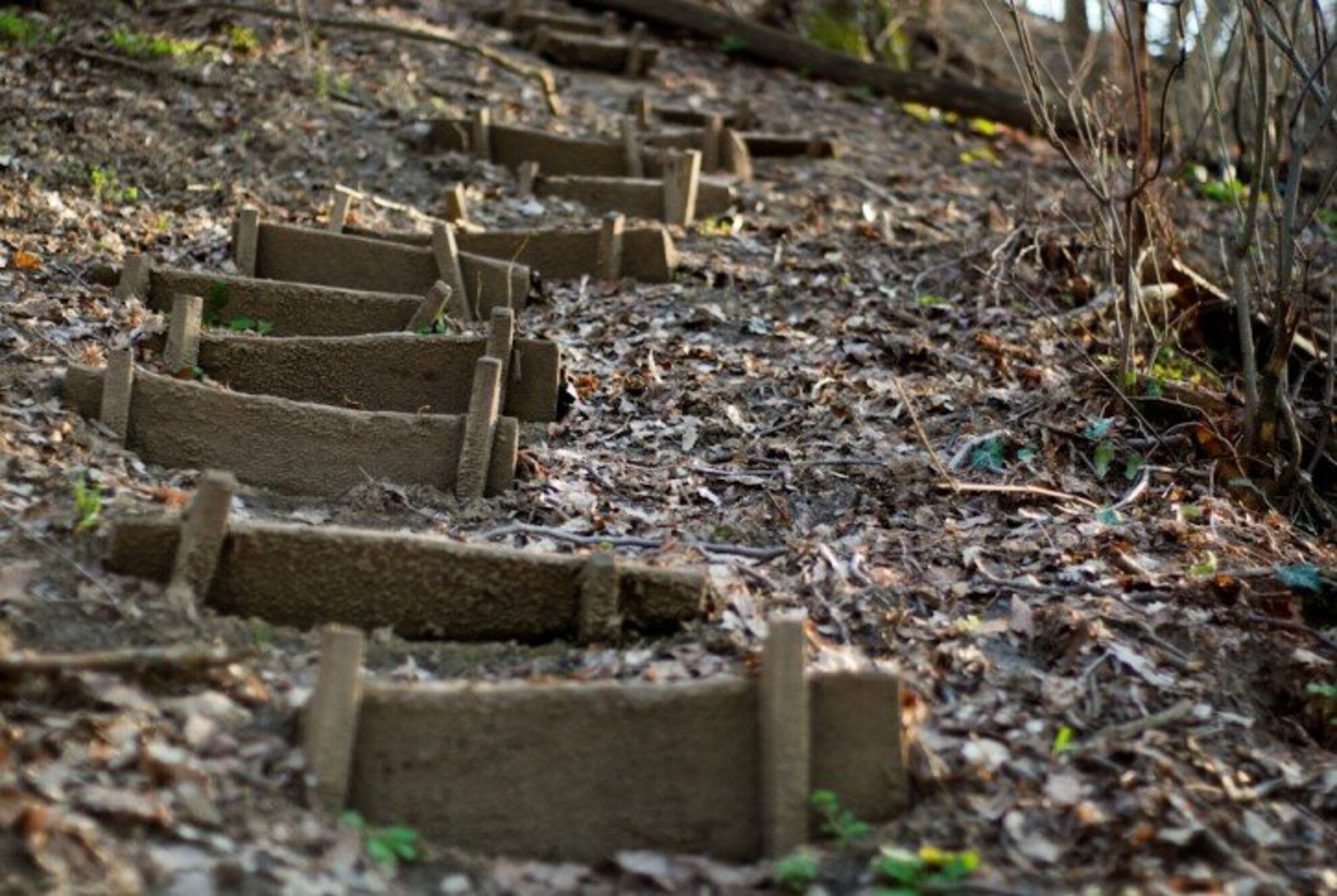
The walls of the Kereki Castle were blown up when Ottoman forces approached (in the 16th century cca.), and its remnants were used up as construction material by the locals in culturally insensitive eras. The only advantage this offers is that there is an excellent view of the Balaton from the one-time courtyard.
